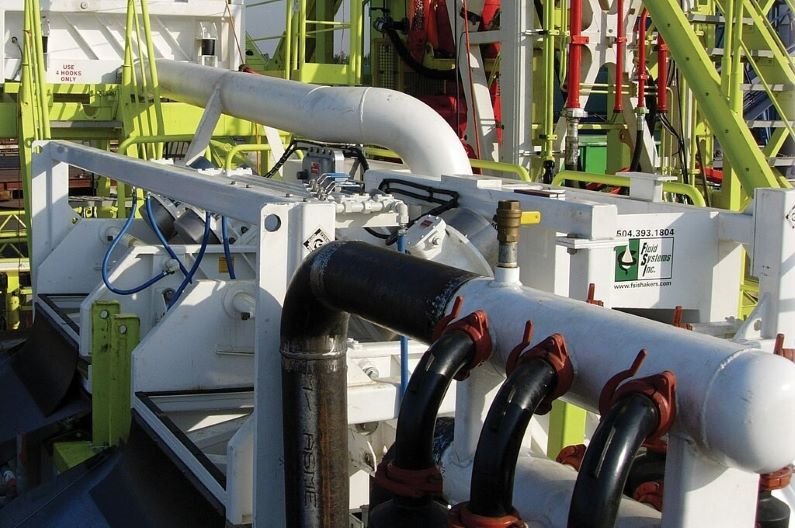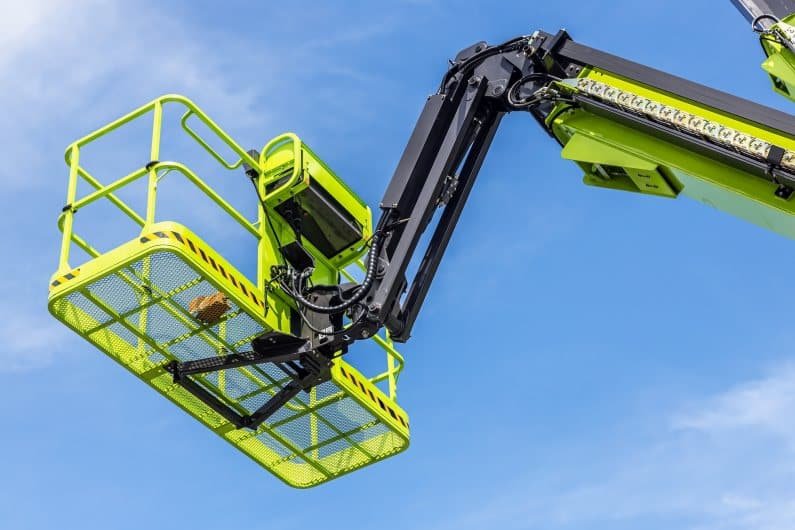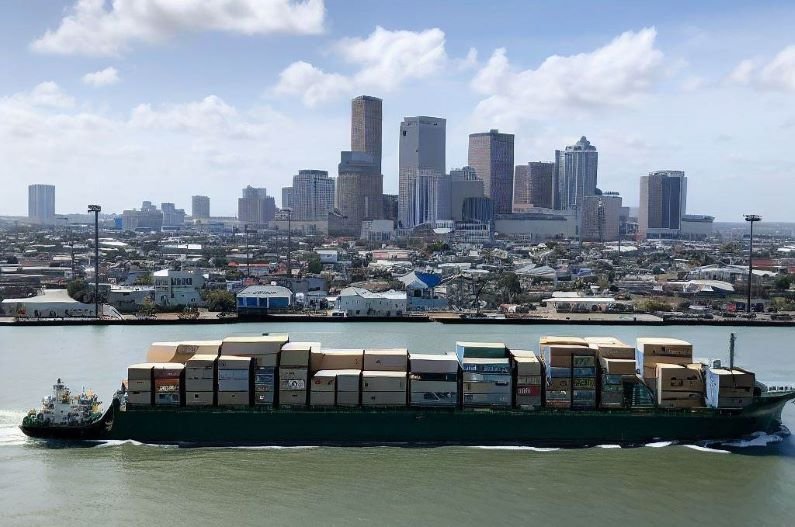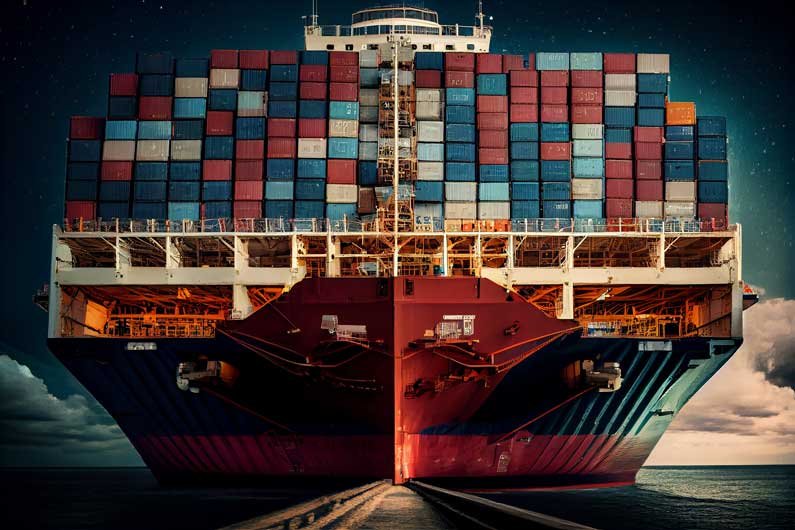Why Shipping Mud Systems Is Crucial in the Oil Industry
In the complex world of oil exploration and drilling, the efficient and safe extraction of oil reserves requires sophisticated technologies and systems. Among the indispensable tools used in the process, mud systems stand out as a critical component.
These specialized systems, found all over the world, play a vital role in maintaining well integrity, controlling pressure, and facilitating the smooth drilling operations necessary for oil production.
This article explores the significance of mud systems in the global oil industry, highlighting their crucial functions and benefits.
Wellbore Stability and Control
One of the primary functions of mud systems is to maintain wellbore stability during drilling operations.
As the drill bit advances through various rock formations, mud is pumped down the well to create hydrostatic pressure, which prevents the collapse of the wellbore. The mud forms a protective barrier, supporting the well walls and ensuring their stability.
Cuttings Removal and Formation Evaluation
Mud systems also serve as a vital medium for removing cuttings from the wellbore during drilling. As the drill bit breaks through the rock formations, the mud carries the cuttings to the surface, where they can be properly disposed of or analyzed for geological information.
Efficient removal of cuttings prevents clogging and improves drilling efficiency.
Lubrication and Cooling
Mud systems play a critical role in lubricating and cooling the drilling equipment. The mud’s lubricating properties reduce friction between the drill string and the wellbore, minimizing wear and tear on the drilling components.
This extends the life of the equipment and reduces downtime for maintenance and repairs.
Controlling Formation Pressure and Fluid Loss
Mud systems help control formation pressure and prevent fluid loss during drilling operations. By carefully formulating the mud composition, engineers can adjust its properties to balance the pressure exerted by the formation being drilled.
This control is crucial for maintaining well integrity, preventing excessive fluid influx or loss, and ensuring a stable environment for drilling operations.
The Process of Shipping Mud Systems
In the dynamic oil industry, shipping mud systems efficiently, an essential equipment for drilling operations, is crucial for uninterrupted exploration and extraction activities worldwide.
As oil companies operate in diverse regions, mastering the art of shipping mud system becomes paramount to ensure timely delivery, cost-effectiveness, and compliance with international regulations.
Planning and Documentation
Before embarking on the shipping mud systems process, meticulous planning and accurate documentation are paramount. Begin by identifying the destination and understanding local regulations, including customs requirements, import restrictions, and any necessary permits.
Collaborate with shipping agents experienced in the oil industry to navigate the complexities of international shipping and ensure compliance.
Prepare essential shipping documents, such as bills of lading, commercial invoices, packing lists, and certificates of origin. These documents serve as proof of ownership, facilitate customs clearance, and provide crucial information to the receiving party.
Packaging and Preparation
Proper packaging and preparation for shipping mud systems are crucial to ensure their safe transportation. Collaborate with equipment manufacturers or suppliers to ensure the equipment is adequately protected and packaged in accordance with international shipping standards.
Consider factors such as the size, weight, and fragility of the mud systems when selecting appropriate packaging materials. Use sturdy containers, crates, or pallets that provide sufficient protection against potential damage during handling and transportation.
Transportation Modes

Air freight is ideal for urgent shipments over long distances, offering speed and efficiency. However, it can be costly for large or heavy mud systems due to weight and size restrictions.
Sea freight is often the most cost-effective option for shipping mud systems. Collaborate with freight forwarders to identify reliable shipping lines that specialize in oil industry cargo. Optimize container utilization to reduce costs and ensure the cargo’s security during transit.
For land transportation, select carriers experienced in handling heavy equipment. Coordinate with transport companies to secure specialized trailers, permits, and escorts as required for oversized or heavy shipments.
Customs and Regulations
Navigating customs procedures and regulations is vital to prevent delays and ensure a smooth shipping mud systems process.
- Work closely with customs brokers or agents who possess expertise in the specific regions you are shipping to. Prepare all necessary customs documentation, including commercial invoices, packing lists, and any additional permits or certificates required by the destination country.
- Provide accurate and detailed information to expedite customs clearance. Comply with international trade regulations, including export control laws, sanctions, and embargo restrictions, to avoid legal complications and ensure a smooth transit.
Insurance and Risk Mitigation
 Protecting your investment is essential during the process of shipping mud systems. Obtain comprehensive cargo insurance to safeguard against potential losses or damages that may occur during transit.
Protecting your investment is essential during the process of shipping mud systems. Obtain comprehensive cargo insurance to safeguard against potential losses or damages that may occur during transit.
Collaborate with insurance providers knowledgeable in the oil industry to determine appropriate coverage for your specific shipment. Implement risk mitigation measures such as securing cargo properly within containers, providing clear instructions for handling and stowage, and utilizing tracking systems to monitor the shipment’s progress.
Global Shipping: Mud Systems and Heavy Equipment
Shipping mud systems to various parts of the world requires careful planning, meticulous documentation, and adherence to international regulations. Additionaly, shipping other heavy item items like turbines, centrifugal pumps, and aerial work platforms to diverse global destinations also demand meticulous coordination, precise record-keeping, and strict compliance with international shipping regulations.
Embracing this all-encompassing guide empowers companies across various industries, including the oil sector, to expertly manage the intricacies of worldwide shipping. This competence guarantees the punctual and secure delivery of not only mud systems but also these substantial equipment components.
Excelling in the logistics of transporting heavy machinery lays the foundation for streamlined operations, optimized drilling processes, and long-term prosperity in the dynamic landscape of the oil industry.
By following thiese steps, oil industry companies can navigate the complexities of global transportation with confidence, ensuring the timely and safe delivery of mud systems. Mastering the art of mud system shipping paves the way for seamless operations, efficient drilling activities, and sustained success in the ever-evolving oil industry.





